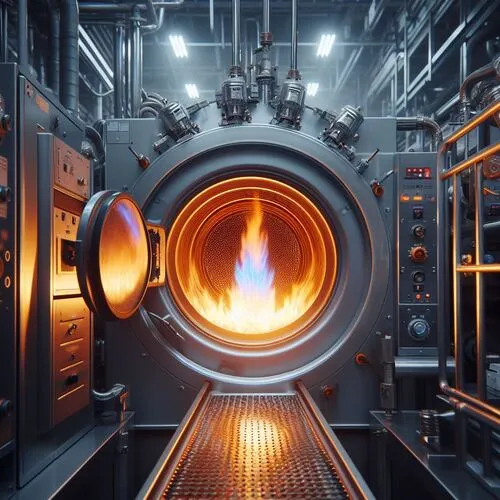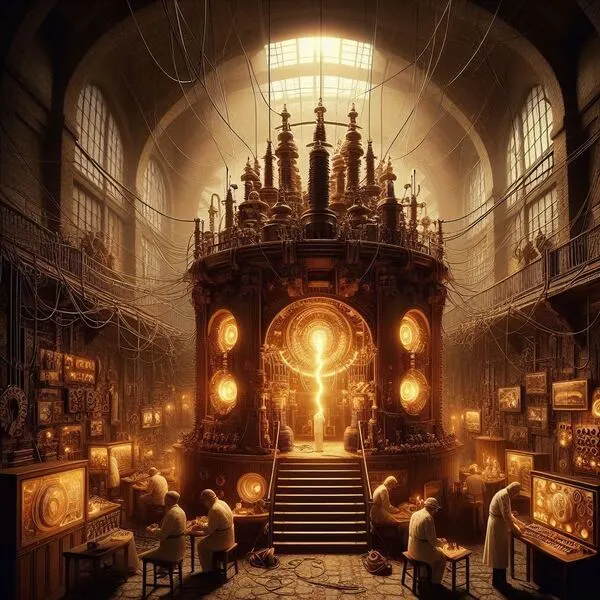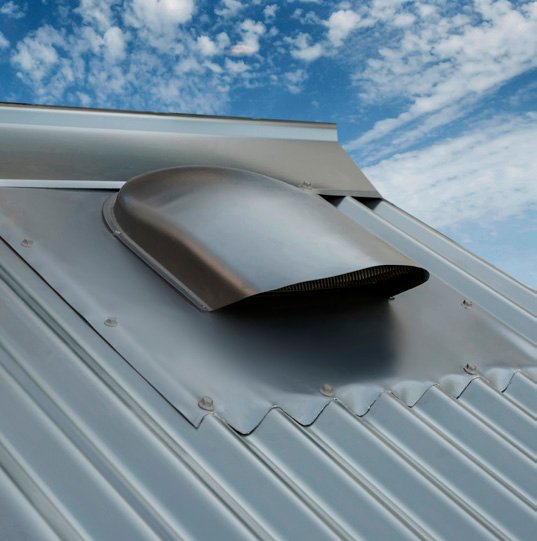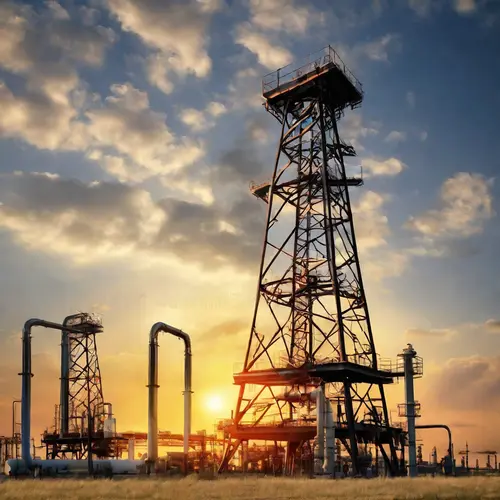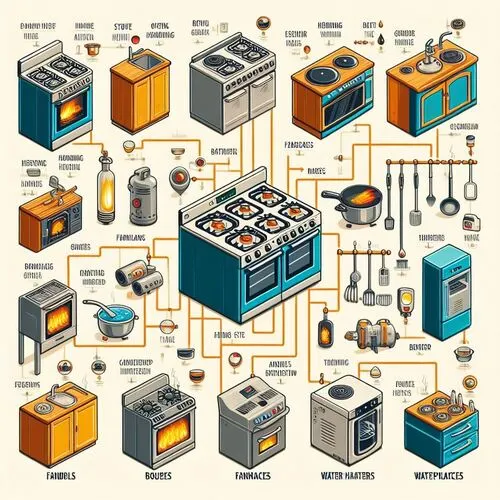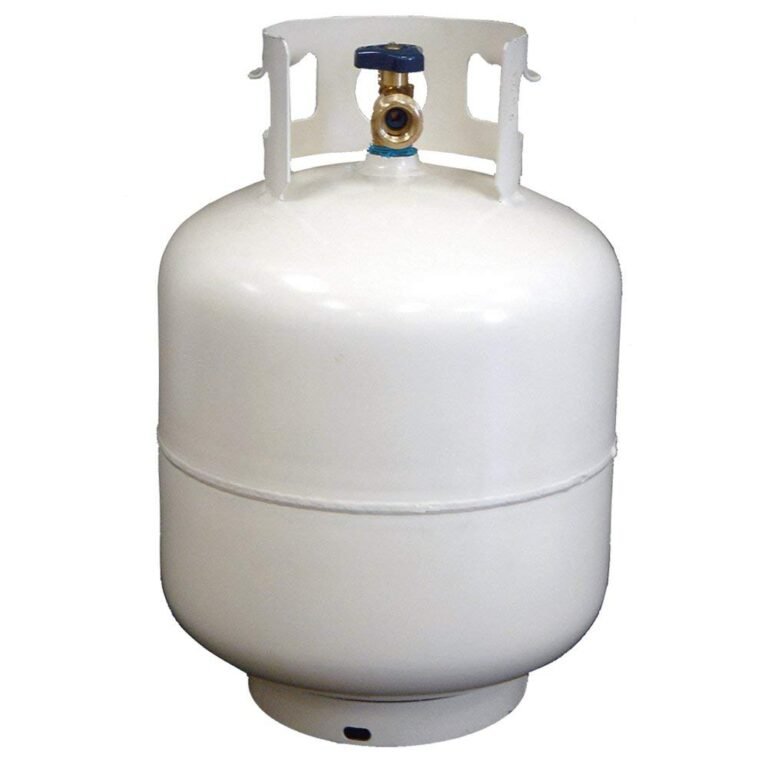Gas Dryer Heat Source: A Comprehensive Guide
Introduction
Gas dryers have become a popular choice among homeowners for their efficiency and performance. In this article, we delve into the heart of these gas appliances—their heat source. Understanding the mechanism behind gas dryer heat sources is crucial for users looking to make an informed decision about their laundry appliances.
what are the Gas Dryer Heat Sources?
Gas dryers employ various heat sources to efficiently dry clothes. The most common heat source is the natural gas burner, where the appliance utilizes a burner designed to burn natural gas, initiating the combustion process that generates the necessary heat. Alternatively, some gas dryers are configured with a propane burner, providing users with flexibility in choosing their fuel source. Dual fuel dryers take versatility a step further by accommodating both natural gas and propane, allowing users to adapt to different gas types based on availability or preference. Infrared gas burners use infrared radiation to transfer heat to the clothes, ensuring efficient and speedy drying.
On the other hand, condensing dryers, while not relying on a traditional burner, utilize a heat exchanger to heat the air, offering enhanced energy efficiency and eliminating the need for external venting. Understanding these gas dryer heat sources enables consumers to make informed decisions that align with their preferences and specific requirements.
what is the Mechanism of Gas Combustion and Heat Generation?
Gas dryers rely on the combustion of natural gas to generate heat. The process begins when the gas valve opens, allowing the flow of natural gas to the burner. The igniter then sparks, initiating combustion. This flame produces the heat needed for the drying process.
what are the Components Involved in Gas Dryer Heating?
Key components in the gas dryer heating process include the burner, gas valve, and igniter. The burner is responsible for creating the flame, while the gas valve regulates the flow of natural gas. The igniter, as the name suggests, initiates the combustion process. These components work in harmony to ensure effective and efficient drying.
what are the Types of Gas Dryer Burners?
The Types of Gas Dryer Burners are:
- Natural Gas Burner: Many gas dryers are designed to run on natural gas, featuring a burner that efficiently uses natural gas to produce heat.
- Propane Burner: Some gas dryers are configured to use propane as a fuel source. These dryers have a burner designed to burn propane efficiently.
- Dual Fuel Dryer: Certain dryers are designed to be compatible with both natural gas and propane. These are known as dual fuel dryers and have burners that can adapt to either gas type.
- Infrared Gas Burner: Infrared burners use infrared radiation to transfer heat to the clothes. They are known for their efficiency and speed in heating.
- Condensing Dryer: While not using a traditional burner, condensing dryers utilize a heat exchanger to heat the air. They are more energy-efficient and don’t require external venting.
what are the Safety Features?
Gas dryers come equipped with safety features to mitigate potential risks. These Gas dryer safety features include sensors that detect excessive heat, gas leaks, or malfunctions. The automatic shutoff system engages in the presence of such issues, preventing accidents and ensuring user safety.
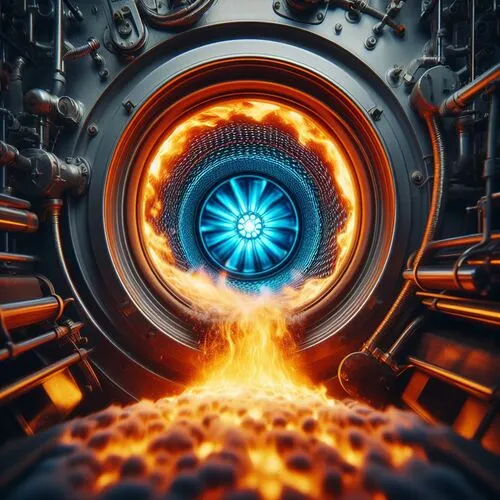
what are the Advantages of Gas Dryers?
Gas dryers offer several advantages over their electric counterparts.
Energy Efficiency
Comparing energy consumption, gas dryers are often more energy-efficient than electric ones. This efficiency results in lower utility bills and a reduced environmental impact.
Drying Performance
Gas dryers excel in drying large loads of laundry quickly and thoroughly. This makes them an ideal choice for households with high laundry demands.
Cost-Effectiveness
While gas dryers may have a higher upfront cost, their lower operational costs make them a cost-effective choice in the long run. Users can experience significant savings on energy bills over time.
| Aspect | Gas Dryers | Electric Dryers |
|---|---|---|
| Energy Efficiency | Generally more efficient | Can be less efficient |
| Drying Performance | Excellent for large loads | May take longer for large loads |
| Cost-Effectiveness | Lower operational costs | Higher operational costs |
what are the Installation and Maintenance of Gas Dryers?
Proper installation and maintenance are essential for the optimal performance and safety of gas dryers.
Professional Installation
It is crucial to have a qualified professional handle the gas dryer installation. This ensures proper ventilation and a secure connection to the gas line, minimizing the risk of gas leaks and ensuring efficient operation.
Regular Maintenance
Regular gas dryer maintenance is key to extending the lifespan of a gas dryer. Homeowners should adhere to guidelines for lint cleaning, burner inspection, and other routine tasks outlined in the user manual.
Troubleshooting
Users should familiarize themselves with gas dryer troubleshooting steps for common gas dryer problems. This includes issues like uneven drying, unusual noises, or failure to start. Consulting the user manual or seeking professional assistance can resolve many of these issues.
what are the Safety Considerations?
Safety should be a top priority when using gas dryers.
Proper Ventilation
Ensuring proper ventilation is essential to prevent the buildup of carbon monoxide, a byproduct of gas combustion. Users must follow guidelines for venting and avoid blocking exhaust pathways.
Gas Leak Detection
Homeowners should be vigilant for signs of gas dryer leaks, such as a distinctive odor or hissing sounds. If a leak is suspected, users should immediately turn off the gas supply, open windows for ventilation, and contact a qualified technician.
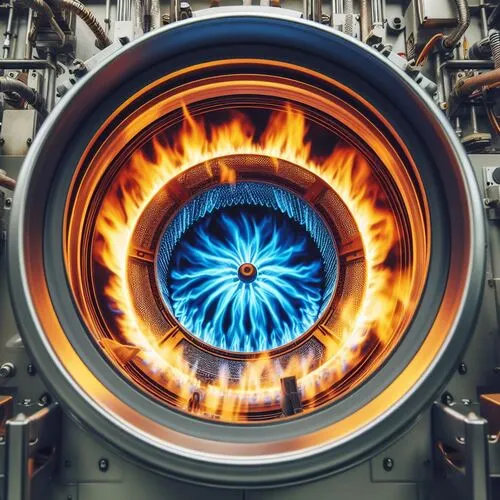
faq about gas dryer heat source
How does a gas dryer get hot?
In a gas dryer, heat is generated through the combustion of natural gas or propane. The process begins with the opening of the gas valve, allowing the flow of gas to the burner. The igniter then sparks, initiating combustion and creating a flame. This flame produces the heat required for the drying process, warming the air inside the dryer drum.
Does a gas dryer need gas to heat?
Yes, a gas dryer relies on natural gas or propane to generate heat. The combustion of these gases in the burner produces the necessary heat to dry clothes effectively. Without a supply of gas, the dryer won’t be able to generate heat, hindering its ability to dry laundry.
Do gas dryers use 110 or 220?
Gas dryers typically use a 110-volt standard electrical outlet. While they rely on gas for heat, they still require electricity to power components such as the motor, controls, and the igniter. The 110-volt outlet is standard in most households and is sufficient for the electrical needs of gas dryers.
What would cause my gas dryer not to heat?
Several factors can cause a gas dryer to lose its heating capability. Common issues of gas dryer not heating include a faulty igniter, defective gas valve coils, a malfunctioning thermostat, or a clogged vent that restricts proper airflow. Additionally, issues with the gas supply, such as a closed gas valve or low gas pressure, can also lead to a lack of heat in a gas dryer. Regular maintenance and troubleshooting are essential to address these issues promptly.
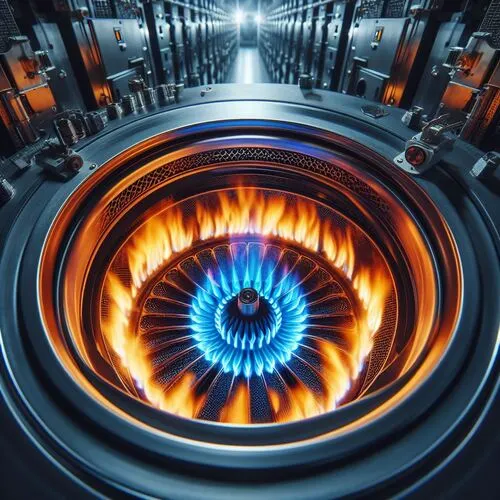
Conclusion
In conclusion, the heat source is a critical component of gas dryers, defining their efficiency and performance. Understanding the advantages, installation, maintenance, and safety considerations associated with gas dryer heat sources enables users to make informed decisions. Whether based on energy efficiency, drying performance, or cost-effectiveness, choosing between Gas vs Electric Dryer ultimately depends on individual needs and preferences. Always prioritize safety and follow recommended guidelines for the best results.

